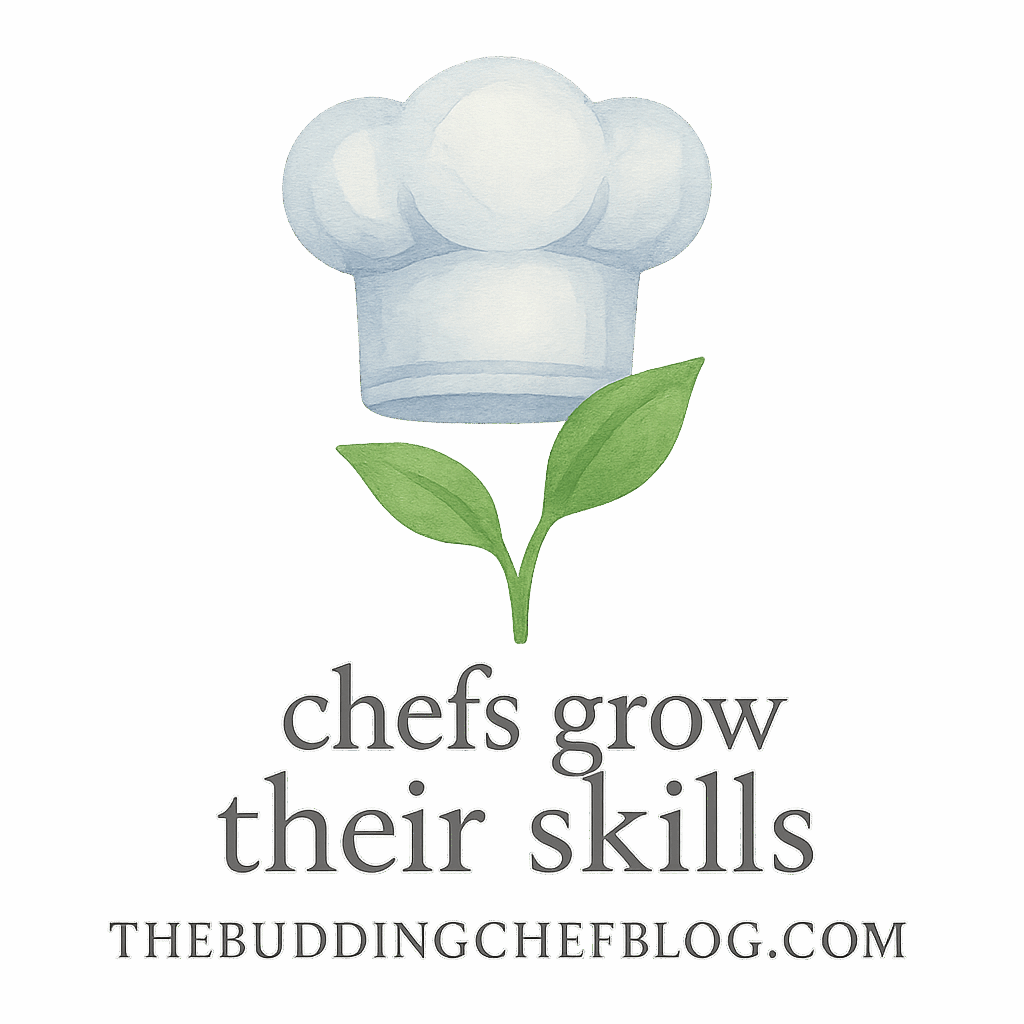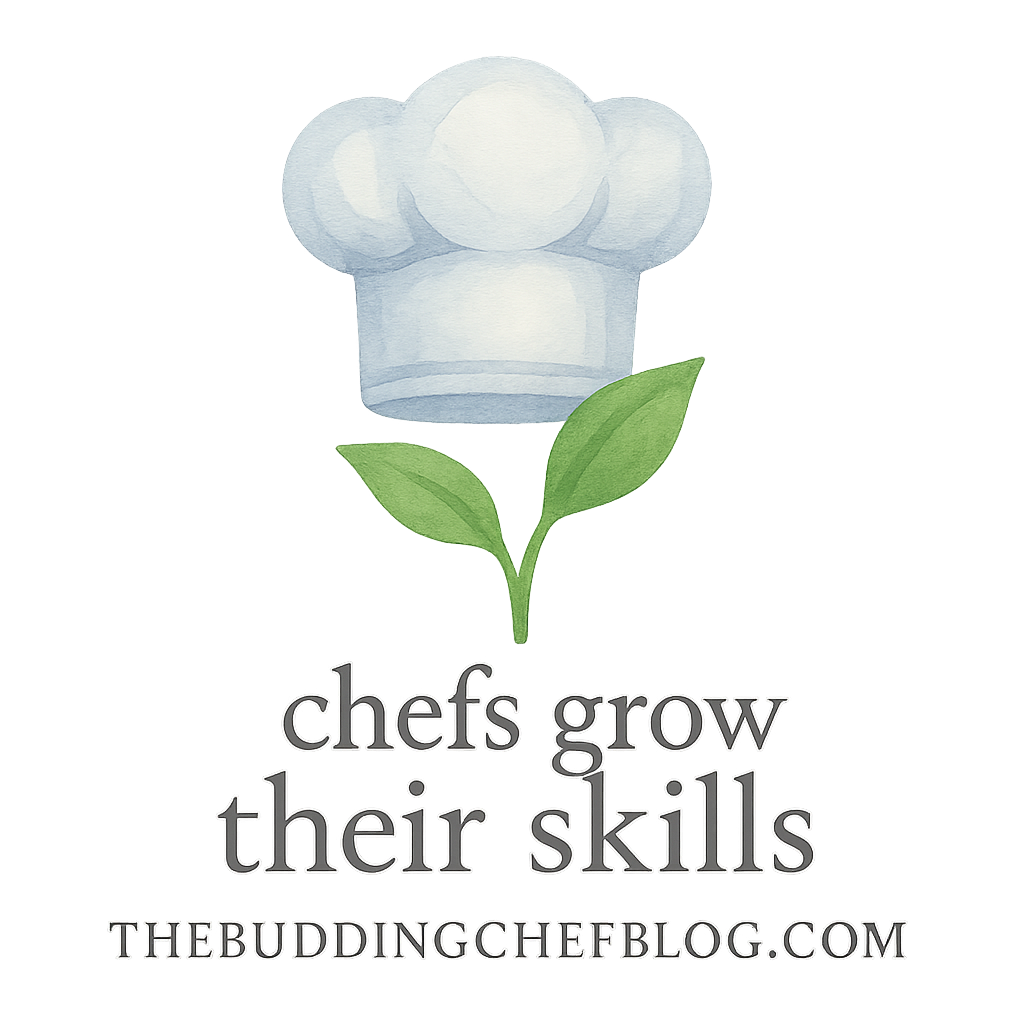So you’ve started your culinary journey—welcome to the world of sizzling pans, aromatic herbs, and delicious experiments! If there’s one thing that can instantly level up your cooking game, it’s mastering a few basic sauces. These are the secret weapons that turn bland into brilliant.
Let’s break down the 9 simple sauces beginner chefs should learn first, along with some real-world tips, easy techniques, and helpful internal links from The Budding Chef Blog.
Why Sauces Matter in Cooking
The Foundation of Flavor
Think of sauces as the glue that binds your dish together. They bring depth, moisture, richness, and balance.
Whether you’re whipping up pasta, grilling meat, or tossing a salad, the right sauce elevates everything. As a beginner, you don’t need to learn them all—just start with the basics.
Versatility and Creativity
Once you understand the core techniques, you can start experimenting with herbs, spices, and textures. That’s when cooking becomes fun, not frustrating.
What Every Beginner Chef Needs to Know About Sauces
Choosing the Right Ingredients
Your sauce is only as good as what you put in it. Fresh herbs, quality butter, a good olive oil—they all make a difference. Start with what’s available, then level up as you grow.
Check out Ingredient Knowledge for detailed ingredient breakdowns perfect for beginners.
Kitchen Tools That Help
Whisks, Blenders, and Saucepans
Yes, you can do a lot with just a spoon and a pan. But certain sauces need a good whisk, a saucepan with even heat, or a blender for emulsifying.
If you’re just building your kitchen, don’t miss this essential guide on Kitchen Tools & Equipment.
1. Béchamel Sauce (White Sauce)
Why It’s Great for Beginners
Béchamel is one of the “mother sauces” of French cuisine and is super beginner-friendly. You only need butter, flour, and milk. That’s it.
It’s also the base for cheese sauces, creamy casseroles, and baked pasta.
How to Make Béchamel
Melt butter, whisk in flour to create a roux, slowly add warm milk while stirring constantly until it thickens. Boom—white sauce.
Want to master your roux? Visit Basic Cooking Techniques.
2. Tomato Sauce
A Staple in Every Kitchen
It’s bold, it’s red, and it goes with everything from pasta to meatballs. A good tomato sauce can carry a dish all on its own.
Making It From Scratch
Use canned crushed tomatoes, garlic, olive oil, and herbs. Simmer low and slow to let the flavors meld. Freeze extra for later. Easy, affordable, and delicious.
Tag it with BeginnerChefs and Affordable.
3. Pesto Sauce
No-Cook, Full-Flavor
Pesto is your best friend when you’re tired but still want flavor. No heat required—just blend basil, garlic, pine nuts, Parmesan, and olive oil.
Ingredient Tips for Best Results
Swap basil for spinach or arugula. Try walnuts instead of pine nuts. The pesto world is full of possibilities!
Dive deeper into ingredient swaps via Ingredient Knowledge.

4. Hollandaise Sauce
The Tricky One That’s Worth It
Hollandaise is creamy, tangy, and often feared by beginners—but don’t be intimidated. It’s just egg yolks, butter, and lemon juice.
Pro Tips to Get It Right
Use a double boiler and whisk continuously. It’s all about temperature control. Try it over eggs, veggies, or salmon.
For mistakes and fixes, check Mistakes and ImprovementChefs.
5. Velouté Sauce
A Creamy Classic You’ll Love
Velouté is like béchamel’s cousin, made with stock instead of milk. It’s lighter but just as silky.
Perfecting the Texture
Again, it starts with a roux—then add warm chicken or veggie stock. Stir until smooth and creamy.
Great for gravies and base sauces. Tag your practice under CookingSkills.
6. Soy-Ginger Sauce
For Stir-Fries and Marinades
Want an Asian twist? Soy-ginger sauce brings umami, tang, and depth. You can use it on tofu, noodles, dumplings—you name it.
Balance Is Key
Combine soy sauce, ginger, garlic, rice vinegar, and sesame oil. Add a dash of honey if you like it sweet.
This one fits right into Cooking and Budget meals.
7. Garlic Butter Sauce
Simple Yet Luxurious
Butter + garlic = happiness. This sauce takes 5 minutes to make and goes beautifully with shrimp, steak, or steamed veggies.
Great with Pasta and Seafood
Sauté garlic in butter, add a splash of lemon or parsley, and done. It’s comfort food in liquid form.
Perfect for EssentialChefs starting out.
8. Pan Sauce (Deglazing Method)
Quick and Flavorful
After searing meat, don’t toss that brown stuff stuck to the pan—it’s gold. Add wine or stock to deglaze, scrape it up, reduce, and you’ve got an amazing sauce.
Perfect for Meats and Veggies
Deglazing teaches you to work with timing, heat, and reduction—all key cooking skills.
Explore this in Practice and Challenges.
9. Vinaigrette
The Easiest of All
Three parts oil, one part acid (like vinegar or lemon juice), and something fun like mustard or herbs.
Endless Variations
Vinaigrettes can go savory, sweet, spicy, or tangy. Drizzle over salads, grains, or grilled veggies.
Check out Meal Planning to build meals around simple dressings.
Building Good Habits in the Kitchen
Practice Makes Perfect
The more you make sauces, the more confident you’ll get. Set a goal to master one new sauce each week.
Explore Recipe Practice for step-by-step guides.
Learning from Mistakes
Yes, your hollandaise might break. Your garlic might burn. But hey, it’s all part of the journey.
Grow with the Mistakes, ImprovementChefs, and Success tags.
Conclusion
If you’re just stepping into the kitchen, learning sauces is one of the smartest ways to boost your cooking confidence. These nine simple sauces are your foundation—your tools to impress guests, meal prep like a pro, or just make Tuesday dinner more exciting.
Start slow, follow your taste buds, and don’t forget to have fun. Bookmark this list, and come back every time you want to level up your skills.
Explore more at The Budding Chef Blog and take your chef game from beginner to brilliant.
FAQs
1. Which sauce should I learn first as a complete beginner?
Start with béchamel—it’s easy, forgiving, and foundational.
2. How can I fix a broken sauce?
Try whisking in a bit of warm water or another egg yolk slowly while heating gently.
3. Can I make sauces in advance?
Absolutely! Most can be stored in the fridge for 3–5 days, some even longer.
4. What if I don’t have all the ingredients?
Use swaps! For example, spinach for basil in pesto, or yogurt instead of cream in some sauces.
5. Are there low-fat sauce options?
Yes! Try vinaigrettes or vegetable-based purees.
6. How do I know if the sauce is thick enough?
Use the spoon test—dip a spoon and see if the sauce coats it evenly.
7. Where can I learn more about beginner chef skills?
Visit The Budding Chef Blog for guides, tips, and practice ideas tailored just for you.


